Southwest Iberian Mediterranean Sclerophyllous and Mixed Forests
The ecoregion’s land area is provided in units of 1,000 hectares. The conservation target is the Global Safety Net (GSN1) area for the given ecoregion. The protection level indicates the percentage of the GSN goal that is currently protected on a scale of 0-10. N/A means data is not available at this time.
Bioregion: Balearic Sea & West Mediterranean Mixed Forests (PA20)
Realm: Western Eurasia
Ecoregion Size (1000 ha):
7,124
Ecoregion ID:
805
Conservation Target:
24%
Protection Level:
9
States: Portugal, Spain
The ecoregion is an intricate matrix of marshes, lagoons, dunes, and scrub woodland, and contains one of the largest and most important wetlands in Western Europe. Doñana National Park is a vital stopover site for migratory birds and an important annual wintering site for more than 500,000 waterfowl. The region is also characterized by a semi-natural landscape, formed by extensive sylvopastoral woodlands known as "montados" in Portugal and as "dehesas" in Spain. The landscape combines multiple production activities (agriculture, pasture, grazing, livestock) amongst a partially wooded area, consisting mostly of cork and holm oak. The wild rabbit, abundant in the montado, is the primary prey of many of the predators found here including the Iberian lynx, Spanish imperial eagle, and black vulture.
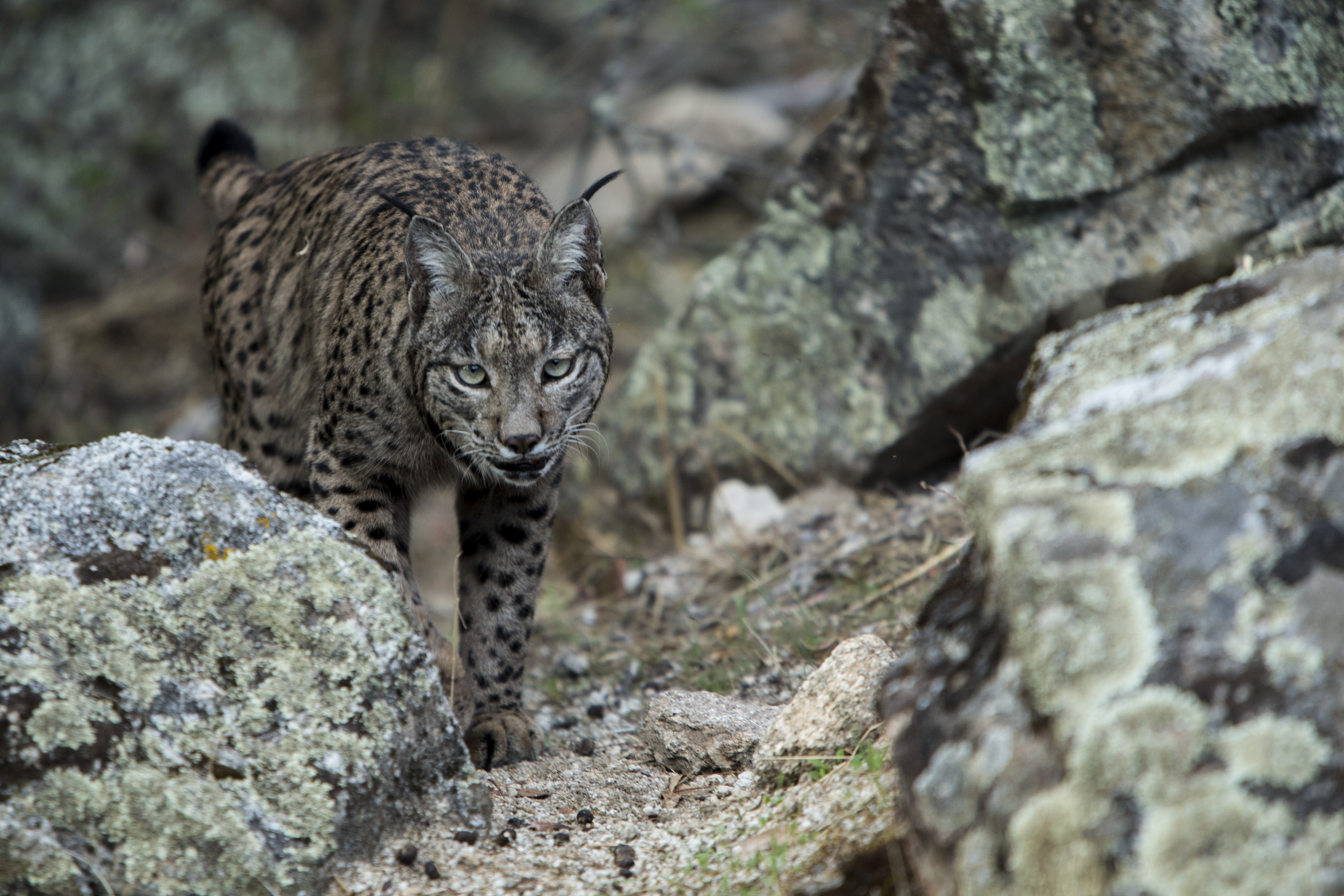
The flagship species of the Southwest Iberian Mediterranean Sclerophyllous and Mixed Forests ecoregion is the Iberian lynx.
The ecoregion extends all along the low elevations, valleys, plains, and Atlantic coastal strip of the southwestern part of the Iberian Peninsula. Land surface mainly cover part of four major river basins—the transboundary Spanish-Portuguese basins, the Guadiana basin, the Tajo basin, and the Spanish Guadalquivir basin. The climate is Mediterranean, with very hot, dry summers and relatively mild, wet winters. Annual average temperatures range from 13-18°C. The ecoregion is influenced by cold offshore currents, which tend to moderate the temperatures and increase air humidity. Annual rainfall ranges from 350–1200 mmv.
The forests are mainly composed of evergreen broadleaf canopy species. Cork oak forest extends from the coast to low-medium altitudes and are characterized by a very rich evergreen and subtropical-like mixing of small trees and high shrubs. These include bay laurel, strawberry tree, briar root, common holly, green olive tree, and a liana-layer of Spanish honeysuckle and common ivy.
The exceptional number of pools, marsh lands, lagoons, and coastal wetlands makes the ecoregion an outstanding freshwater hotspot. Wetlands are important sites for migratory waterfowl and shorebirds, including the grey heron, squacco heron, ferruginous duck, and black tern. Certain mountain areas support unique plant species and communities, including Tertiary relicts, e.g. Portuguese laurel and Rhododendron ponticum baeticum.
The ecoregion is an important refuge for the Eurasian otter, a number of reptiles (European pond turtle, Caspian turtle, common chameleon), and wintering (gadwall, red-crested pochard) and nesting (purple heron, black-crowned night heron, western marsh harrier) bird species. The endangered Iberian lynx, numbering at 156 mature individuals, is also resident here; however, it is restricted to two regions in Southwest Spain, one of which is the coastal plains west of the Lower Guadalquivir.
Agriculture is the major land use here, particularly olive plantations, and has dramatically transformed the landscape. New irrigation and marshland drainage plans have destroyed significant marshlands and woodlands. Additionally, more than 60% of wetlands in Spain have disappeared in the last 50 years.v Much of the remaining natural landscape is protected, e.g. Doñana UNESCO Biosphere Reserve and Los Alcornocales Special Protection Area in Spain, and Ribeira do Vascão Ramsar Site and Costa Sudoeste Site of Community Importance in Portugal.
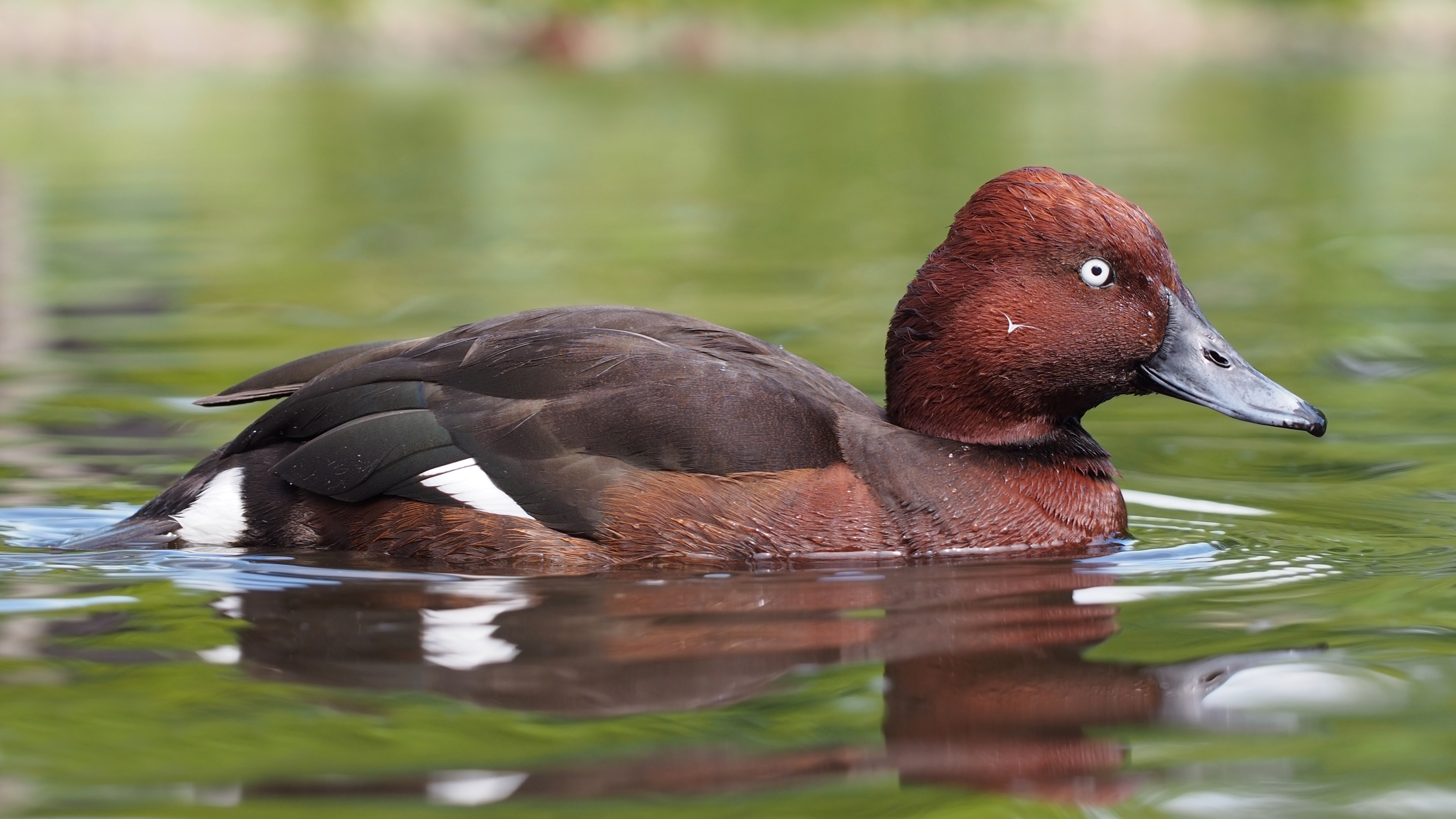
Ferruginous duck. Image credit: Francis Franklin, Creative Commons
Human impact is high in this ecoregion. Much of the traditional sylvopastoral landscapes have been converted into single function land use types resulting in both land intensification and abandonment. Wildfires have increased over the past 50 years in the Mediterranean region, which can be related to land abandonment as this has led to an expansion of fire-prone vegetation communities. Climate change is also a serious threat in the Iberian Peninsula due to the already intense drought periods.
A major threat to wetlands is the overexploitation of the water resources and the use of pesticides, fungicides, and herbicides in agriculture. Lastly, invasive species threaten the ecoregion, e.g. the American cray fish and the aquatic fern Azolla filiculoides.
The priority conservation actions for the next decade will be to: 1) protect and maintain habitats through, for example, seeking land management agreements with landowners; 2) increase protected area and wetland connectivity, as these are very important for migratory waterbirds; and 3) promote Iberian lynx re-introduction programs.
Citations
- Guerrero, F., Parra, G., Jiménez-Gómez, F., Salazar, C., Jiménez-Melero, R., Galotti, A., García-Muñoz, E., Lendínez, M. and Ortega, F. 2006. Ecological studies in Alto Guadalquivir wetlands: a first step towards the application of conservation plans. Limnetica. 25(1-2), pp.095-106.
- Hermoso, V., Clavero, M., Blanco-Garrido, F. and Prenda, J. 2010. Assessing the ecological status in species-poor systems: a fish-based index for Mediterranean Rivers (Guadiana River, SW Spain). Ecological Indicators. 10(6), pp.1152-1161
- WWF. 2019. Western Europe and Northern Africa: parts of Portugal, Spain, France, Italy, and Morocco. [Online]. [Accessed 20 August 2019]. Available from: https://www.worldwildlife.org/ecoregions/pa1221
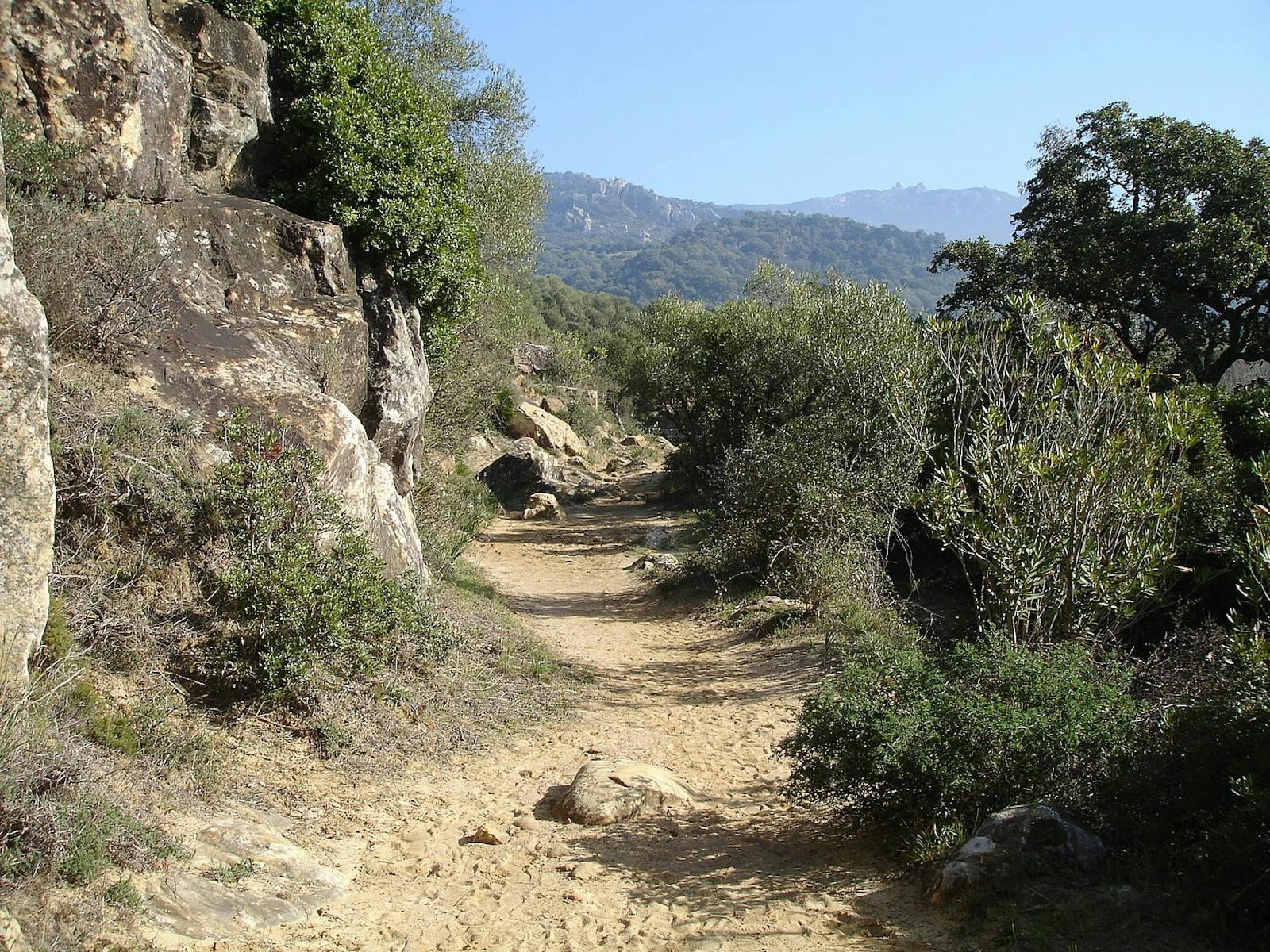
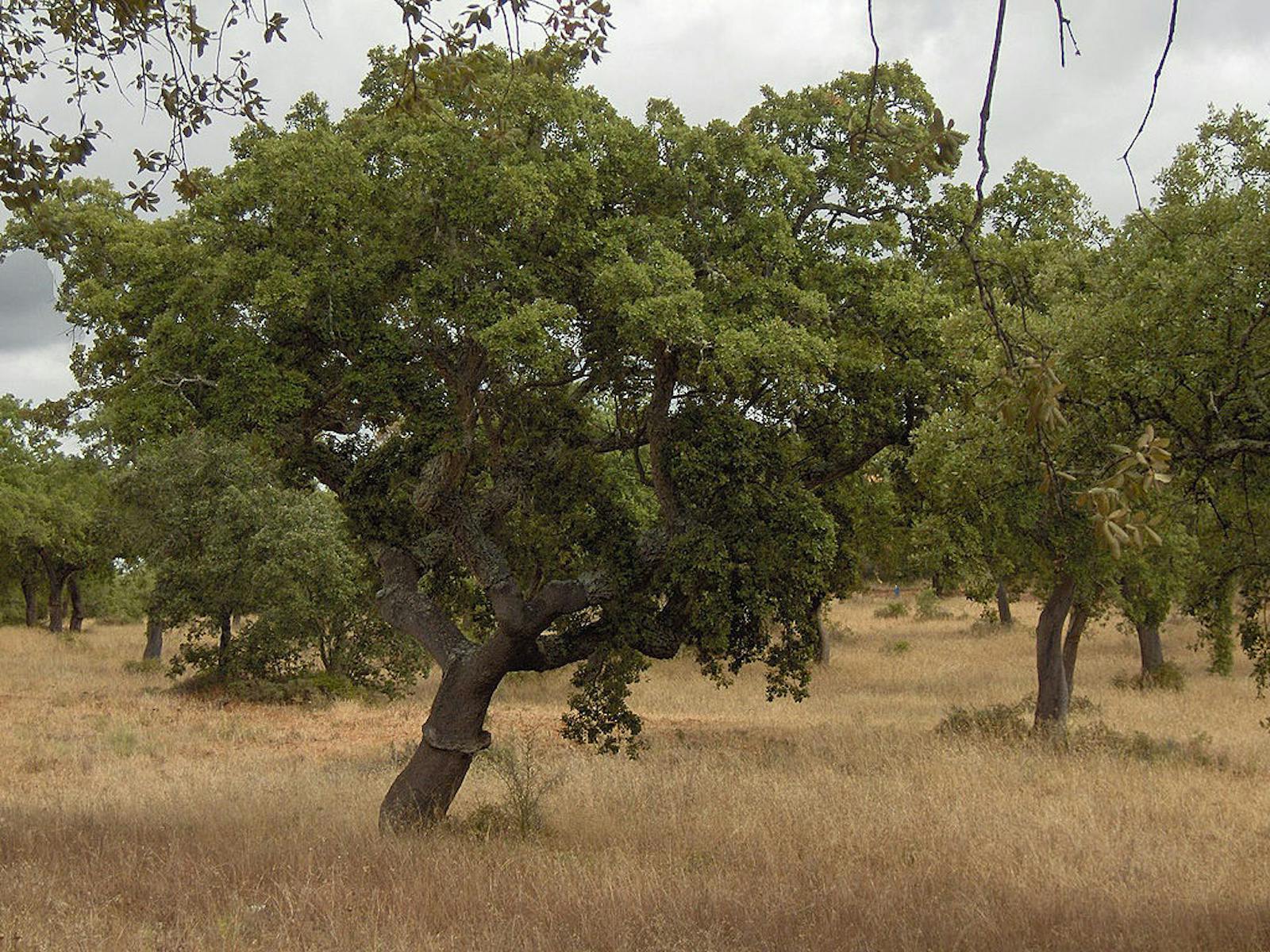


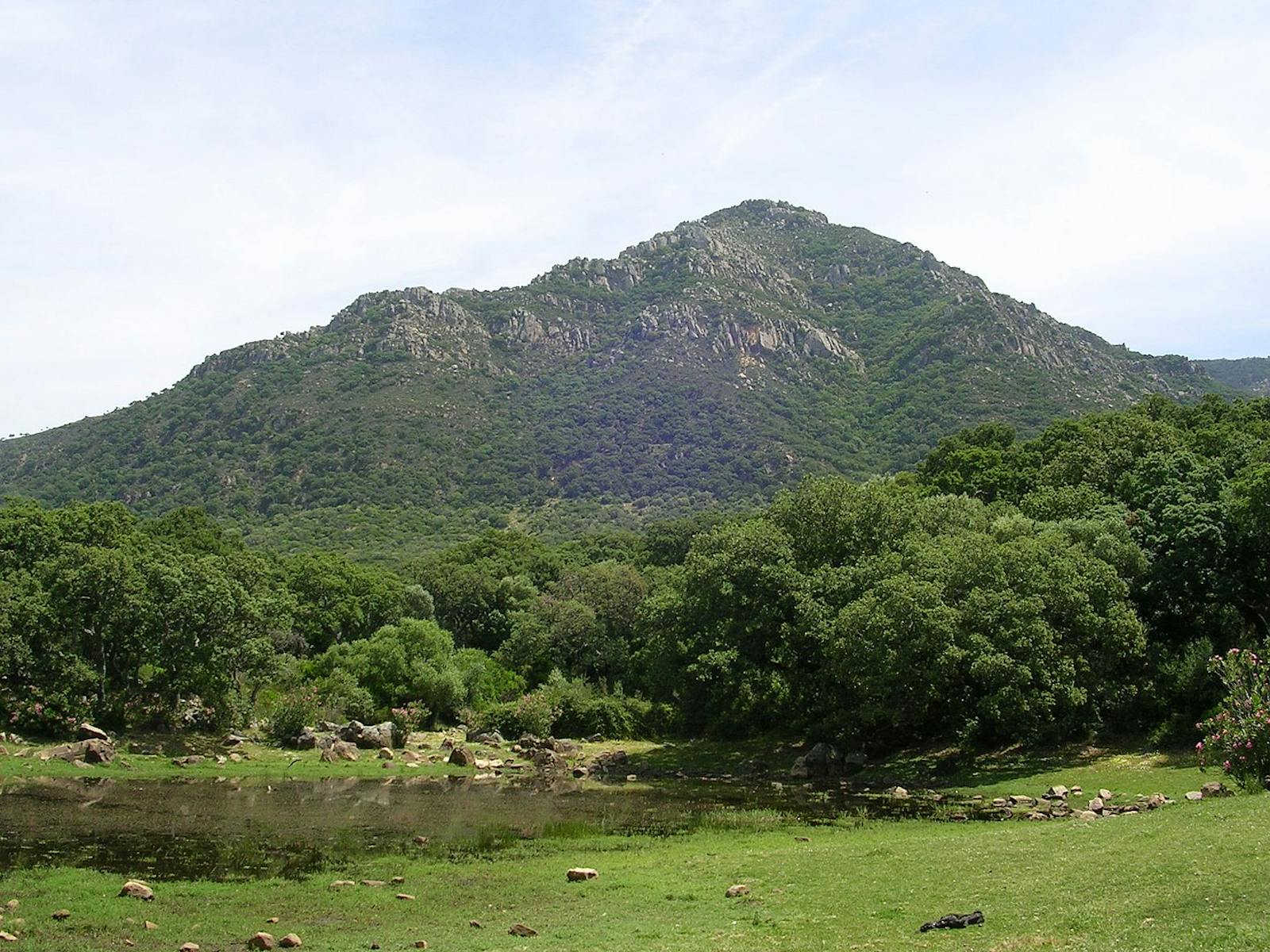
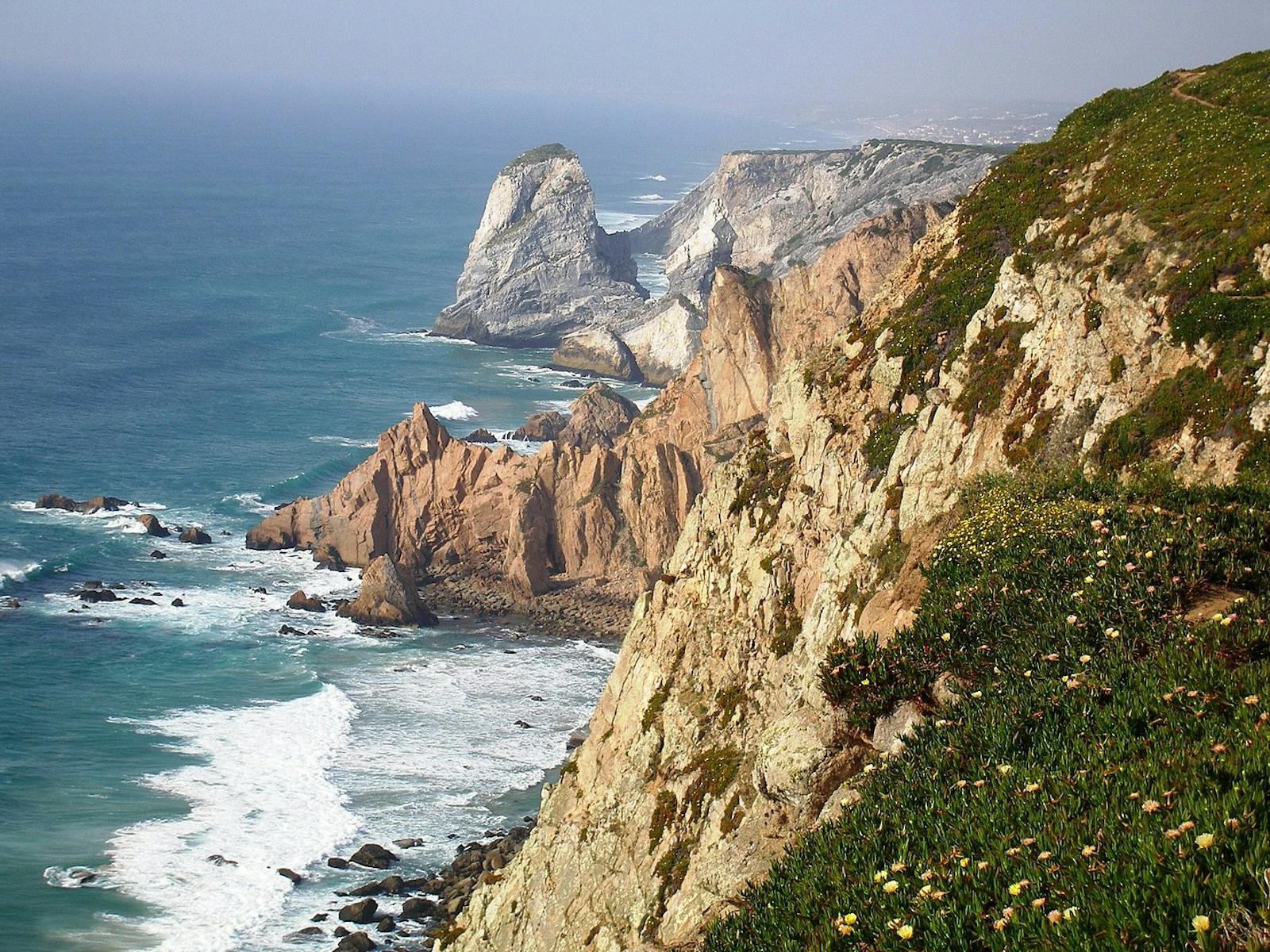
.png?auto=compress%2Cformat&w=300)

